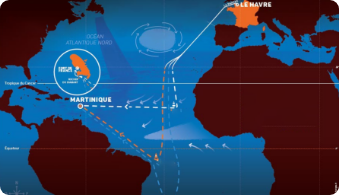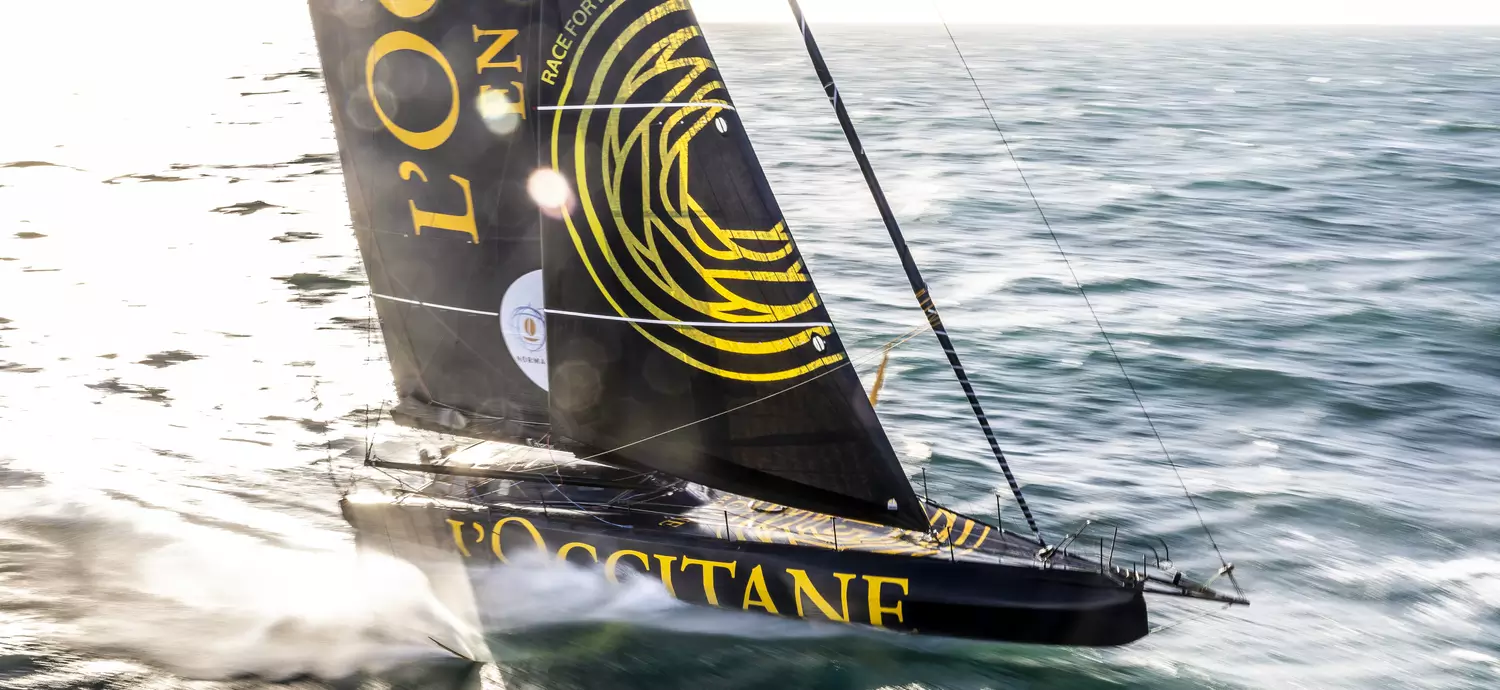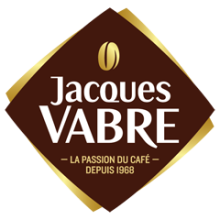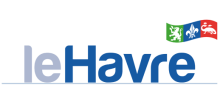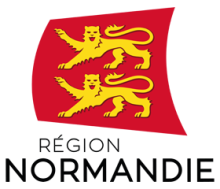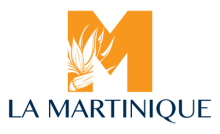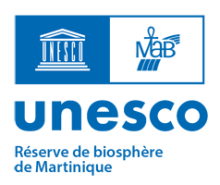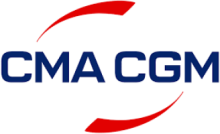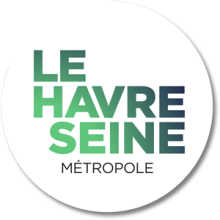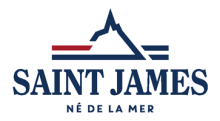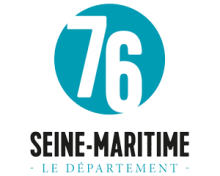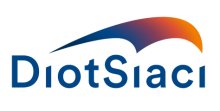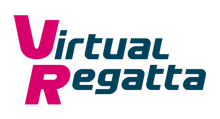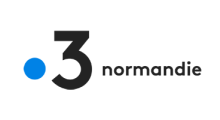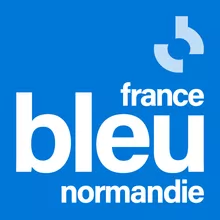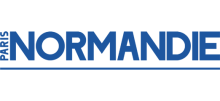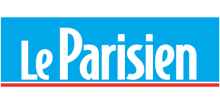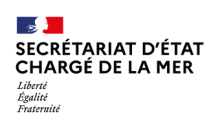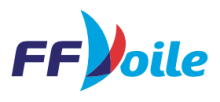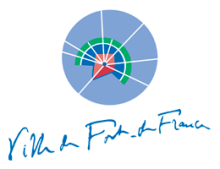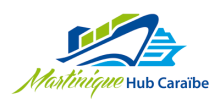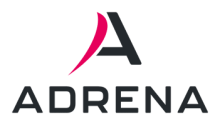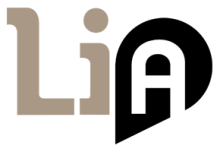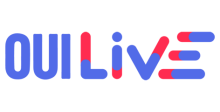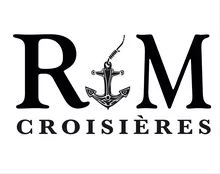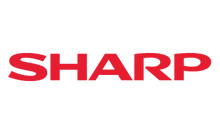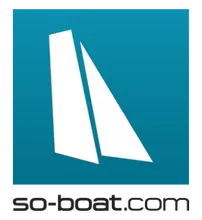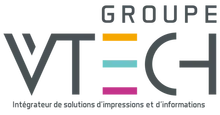In so doing the Franco-British duo achieve their primary goals which were to finish the race with their boat in good shape, for Crémer to learn the boat ahead of her first solo race on it in ten days time, and to deliver a respectable, solid result.
After giving birth to her daughter just a year ago Crémer’s new programme started relatively late in the Vendée Globe quadrennial. With the Alex Thomson Racing Team which manages the L’Occitaine en Provence programme they have faced a constant race against time even since before her IMOCA (formerly Charlie Dalin’s APIVIA) was launched on July 11th to be ready on time for the Fastnet Race 11 days later. As such because the programme started only this year Crémer needs to finish races and build miles to be sure of Vendée Globe qualification.
Crémer and Roberts have delivered on their team objective, dealing with a few minor issues along the route which held them back. In the strong winds coming out of the Channel they had a problem with the lazy-jacks breaking and so water holding in the mainsail folds during crossing of the front. They have remained in the top 10 all the way, happy with their choice to stay south. Three days ago they made a gennaker repair which ripped during a gybe, Roberts working on the sail whilst it was still hoisted.
First words from Clarisse Crémer and Alan Roberts
Clarisse: "We’re pleased to be here. We fulfilled all our ambitions, the main one was to finish. We had a lot of downwind sailing. We had some little problems at the start but the team had prepared the boat well. People have different ambitions, so different options were taken during the race. There were times when we thought we hadn’t trimmed well. We learnt a lot. I didn’t know all the settings. The boat sails at speed by herself. It’s almost as if we were cheating…
On the first night, in some nasty conditions we had a pocket of water in the sail. I was sick everywhere. Then, we had engine problems, but sorted that out. We lost some wind instruments. It’s with the problems that you better understand the boat. None of the problems really cost us much time.
We didn’t know each other before July, but we have complementary experiences. We’re the same age. The same frustrations. The same level of competition. So we got on well together. I am exhausted. The violent movement of the boat is tiring. But it’s normal I suppose due to the lack of sleep."
Alan Roberts: "We got on well together. We learnt a lot. Our competitive side wanted to go north, but as a sailor, we decided to go south. This is a fantastic boat. The goal was to discover the boat, the systems. This is a great boat for Clarisse for the Vendée Globe.
He added, “We had these few little technical problems which is good because that is what we are out there to learn, better to have these now than during the Vendée Globe, learning how to fix things now is good rather than having to look up books and so on, And you have to get it done.
So we are pretty happy. Considering Clarisse had done max 20 days of sailing, and by that I mean sometimes just going out and putting the sails up, including six days of commissioning. The option to go north was a really interesting one. We considered going, we really did because our boat would have been quick on the northern option, but…it presented a huge risk to the project. We were clear, open and honest what our objectives are and that influences our decision making on the water. We wanted to go north, in our hearts we wanted to go to win, but does that align with our three main bullet points? No…But other than that it benefitted us to do all the downwind sailing. It really helped is for what we might want to do for Clarisse’s Vendée Globe. And top 10 is good. I had probably seventh as our best and 17th the worst, 13th is probably where we should have finished based on the age of the boat, the percentage of boats which will drop out and the experience. I have a grid, a spreadsheet with all these things as I do for all these events….”





